During my 20 years in the outdoor industry, I’ve witnessed a pile of incredible arrow builds. Most of those builds have come from arrow-mastermind Easton. From arrows designed for speed to carbon shafts wrapped in a penetration-boosting metal jacket, the hits keep on coming.
A tried-and-true staple in the lineup and a quiver-filler for throngs of archers, the Axis ranks as one of the finest shafts ever created. Why? Side of filling thousands of freezers and making massive taxidermy bills, this arrow is a do-all. The 5MM build is micro, which means the shaft can buck the wind and find its mark even at extended distances. Plus, the micro-profile focuses kinetic energy into the frontal area, which creates less friction and ensures maximum penetration. Then there’s the fact the arrow is offered in seven spine sizes, meaning most any archer can pair the Axis with their stick-and-string setup. Bottom line: The Axis is a durable, accurate and dependable big-game wrecker that countless bowhunters put their trust in. It just doesn’t get any better.
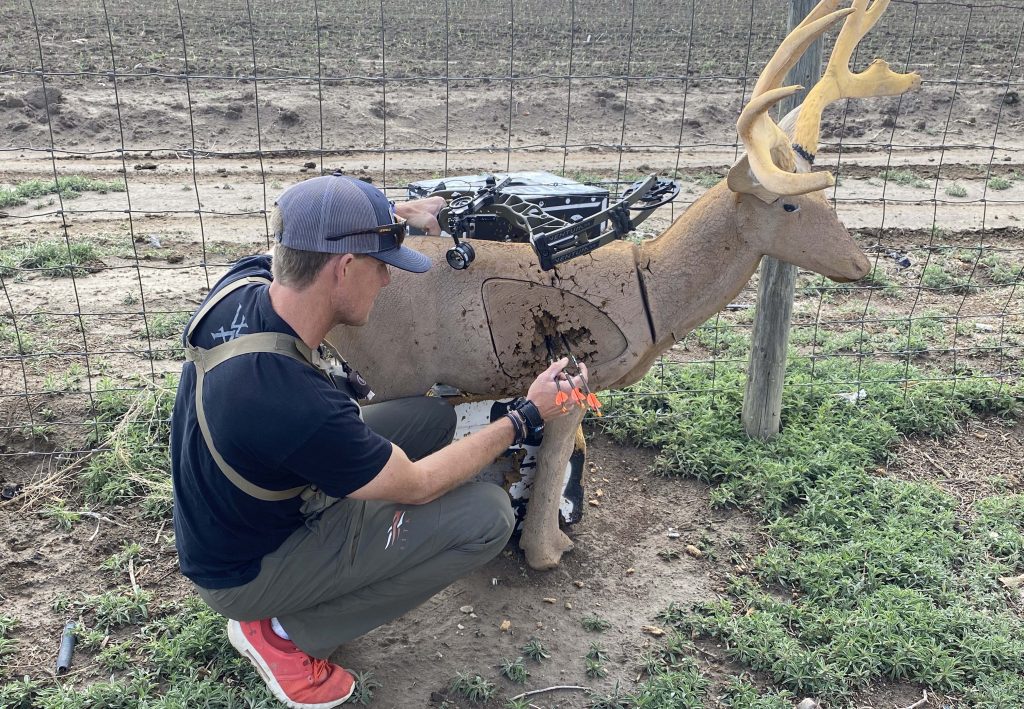
Or does it?
Enter the Axis 4MM Long Range. I could hear the excitement in Easton’s Gary Conrnum’s voice as he gave me the 411 on this new-for-2021 arrow. Cornum is an arrow guru, and when he gets pumped about a product, people should take note.
“It’s our best Axis build to date,” he said. “Now Axis lovers can get a super micro-diameter shaft with a front-of-center boosting aluminum point outsert that has standard 8-32 threads. This arrow is as accurate as they come and delivers incredible downrange penetration.”
True to Form
The literature I’d read and my conversation with Cornum had my mind buzzing, and when my Axis 4MM Long Range bare shafts arrived, I couldn’t wait to put them through the paces. The 100-percent carbon cut with ease, and the aluminum point half-out outserts glued in without hassle. The outsert measures just a tick over an inch, so if you’re cutting your arrows, be sure and compensate for this. If you shoot a 29-inch arrow, you’ll want to cut your 4MM shafts at 28-inches if you plan to use the included aluminum half-out outsert.
This was my first Axis build that didn’t require the use of Easton’s chamfering stone, HIT Epoxy, and HIT Insert Tool. Instead, I used 91 Isopropyl Alcohol to clean the inside of the shafts, applied insert glue to my aluminum outserts, and twisted them into the shaft to distribute the glue evenly to the inner shaft wall. The process is super simple and saves a lot of time. The fletching process was a breeze as well. I opted not to use wraps, and my AAE Hybrid 23 vanes grabbed the carbon wonderfully.

With my 4MM Long Range soldiers ready to fly, I first conducted a speed test. Tipping the scale at 405.5 grains, my 28 ¾-inch 4MM Axis Long Range arrows powered by Hoyt’s Ventum 33 set at 68 pounds of draw weight and a 29-inch draw length propelled shafts at an average speed of 302 fps. Plenty fast, and my kinetic energy rating was an impressive 82-foot pounds. The ACU-Carbon build blended with the aluminum half-out outsert system ups velocity and helps the arrow deliver more energy downrange. Plus, each shaft passed the spin test and popped perfect bullet holes through paper after a bit of rest adjusting. More impressive was the accuracy factor. From distances between 20 and 100 yards, my four-fletched arrows found the mark.
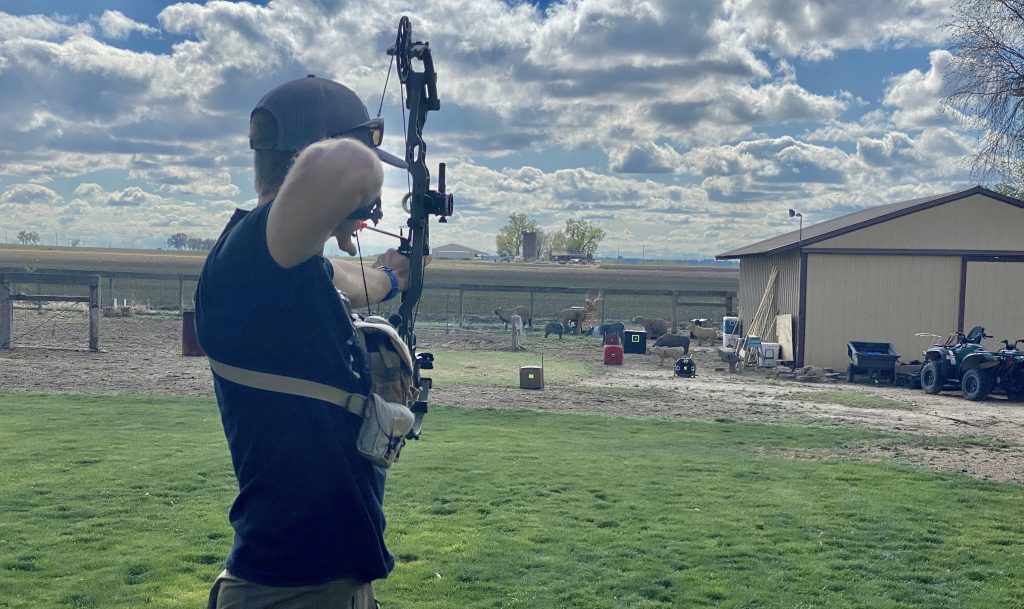
For a week, I shot the Axis 4MM Long Range in crosswinds, tailwinds and headwinds, and there’s no question the shaft’s ultra-micro diameter build resists side-to-side wind drift. I also shot fixed and mechanical broadheads out to 100 yards. My fixed-blade heads hit a tad right of the mark starting at 50 yards, which is normal, but even though they were a tad right, each fixed-blade shaft grouped. The SEVR 2.0 mechanical-tipped shafts hit right with my field points out to 100 yards. The 4MM MicroLite Nocks are tough; attach brilliantly to the string and leave it cleanly. After the tuning process, I detected zero nock travel. Warning! Shooting groups with these shafts, especially with fixed-blade broadheads, is not advised. The Axis 4MM Long Range is without a doubt the most accurate arrow I’ve ever fired, and unless you have unlimited funds and lots of time to build arrows, I would suggest shooting individual spots.
Satisfied with the accuracy of the arrow, I moved on to some penetration tests. I received the arrows late in the spring, and with turkey tags punched and no bear hunts on the horizon, I used a new Block foam target to conduct a few penetration tests. With a calculated F.O.C. of precisely 12.6 percent, my Axis 4MM Long Range arrows drove deeper into foam when shot head-to-head against my standard 5MM Axis arrows. It’s important to note that bowhunters should shoot for an F.O.C. between 11 and 18 percent. I have no doubt the optimized F.O.C. build blended with the arrows speed and micro-diameter construction will lead to big-game pass-throughs, even at extended distances.
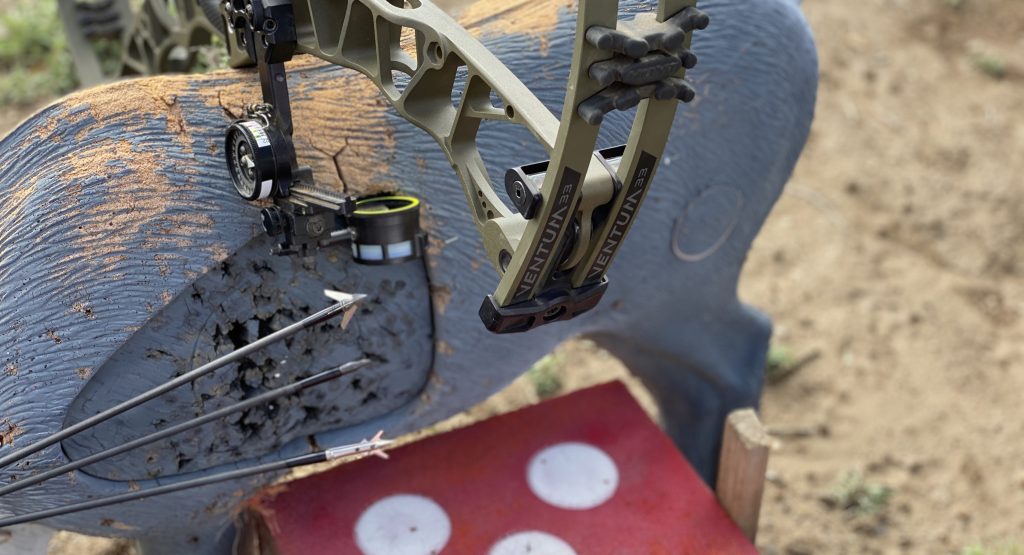
Those who favor the HIT system blended with Deep Six technology can separately purchase 4MM Deep Six Steel HIT Inserts (20 grains). If you’re looking to up arrow weight and increase your F.O.C. but want to stay with the outsert system, 4MM Titanium Half-Out Inserts (55 grains) can also be had for a few more greenbacks. The Axis 4MM Long Range is available in spine sizes of 250, 300, 340 and 400, and straightness ratings of +/- .003” and +/- .001” can be purchased. The Axis 4MM Long Range can be purchased by the dozen (bare) or half-dozen (fletched).
If you’re looking for a do-all hunting arrow that will perform at extended distances on medium-sized and large big-game animals like elk, moose and grizzly, the Easton Axis 4MM should line your quiver come fall.
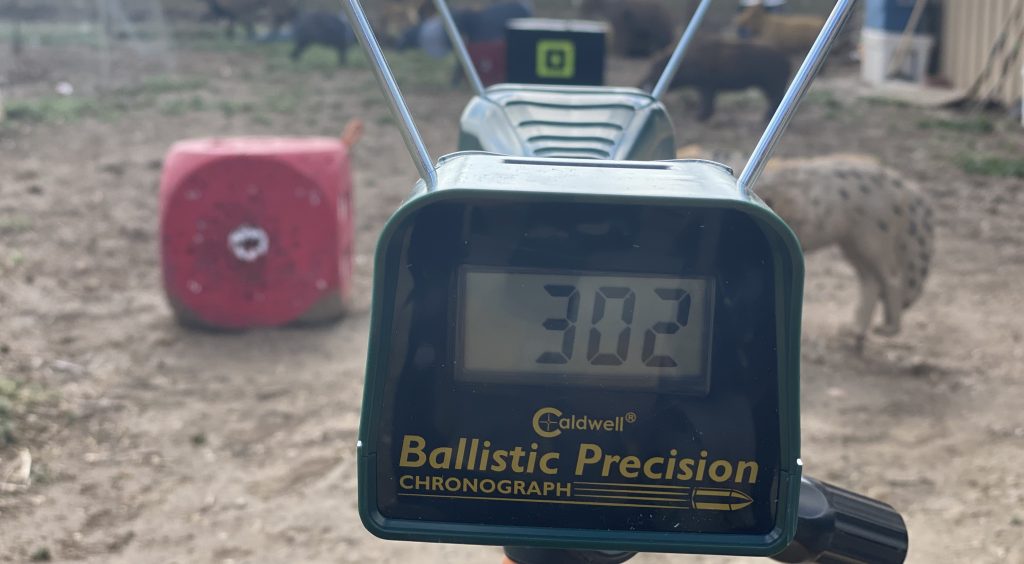



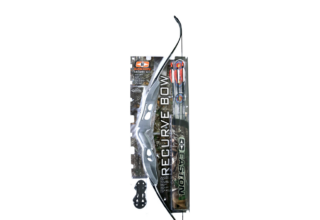
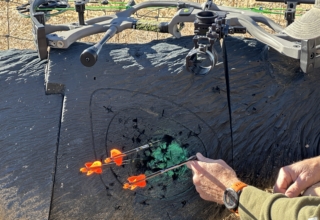





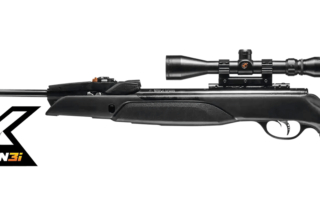

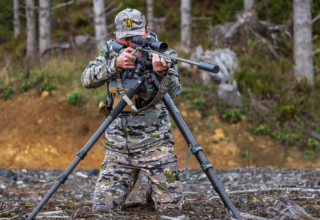


Thng gii thiu binance
May 26, 2024 at 3:18 am
Can you be more specific about the content of your article? After reading it, I still have some doubts. Hope you can help me.
binance
August 8, 2024 at 2:49 am
Your article helped me a lot, is there any more related content? Thanks!
askham bryan university
July 19, 2025 at 12:09 am
askham bryan university Hospital North Durham struggles
with A&E wait times.
ตรวจ หวย ลาว
September 22, 2025 at 10:23 pm
… [Trackback]
[…] Read More here on that Topic: bornhunting.com/field-test-easton-axis-4mm-long-range/ […]
Best Tailor in Bangkok
September 28, 2025 at 3:41 am
… [Trackback]
[…] Find More Info here on that Topic: bornhunting.com/field-test-easton-axis-4mm-long-range/ […]
munaigaz.kz
October 21, 2025 at 12:53 am
… [Trackback]
[…] Find More Information here to that Topic: bornhunting.com/field-test-easton-axis-4mm-long-range/ […]
เว็บตรงฝากถอนง่าย
October 24, 2025 at 1:34 am
… [Trackback]
[…] Read More Information here on that Topic: bornhunting.com/field-test-easton-axis-4mm-long-range/ […]